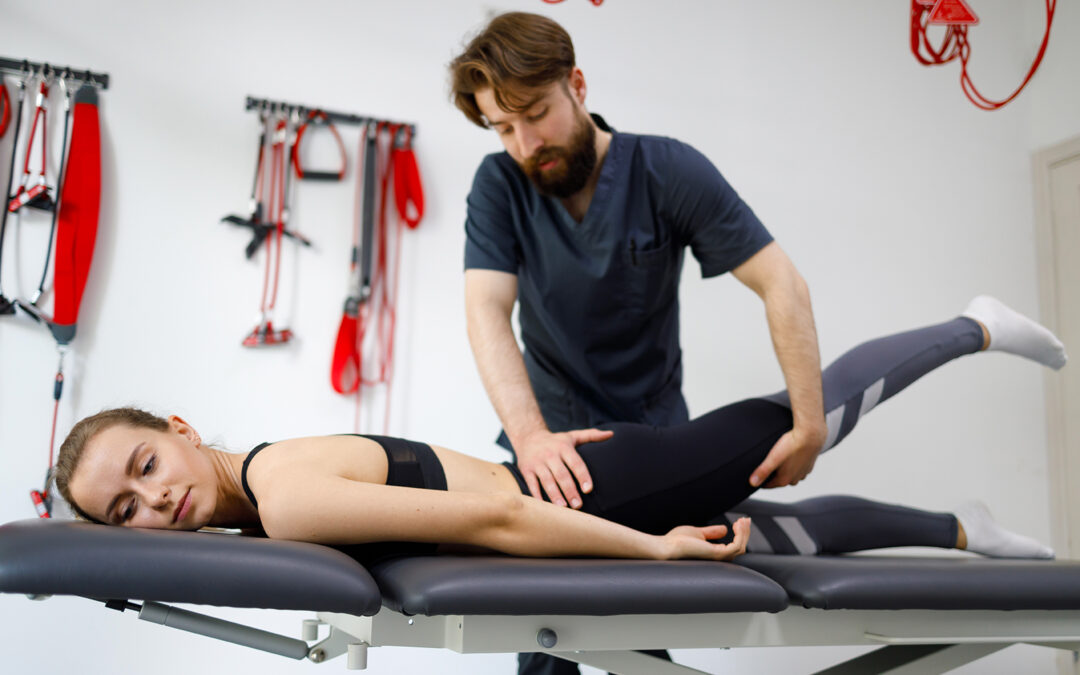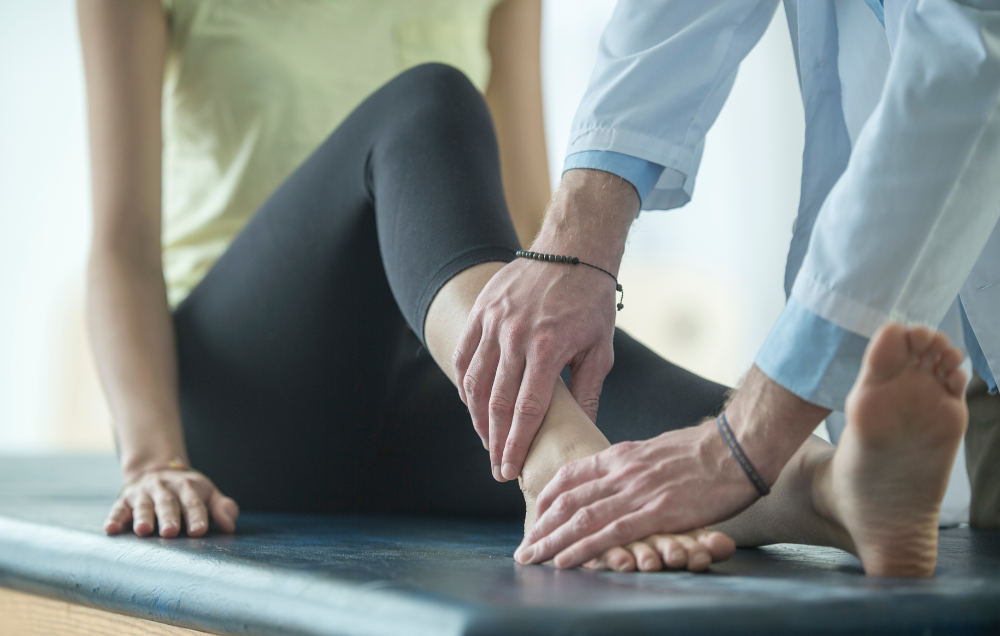Contents
It can be tempting to ignore minor injuries or discomforts, hoping they will disappear on their own. However, a simple treatment exists that can help relieve your pain and restore your everyday movements. Active release therapy can help you find relief from acute or chronic pain you may be experiencing.
What is active release therapy?
Active release therapy (or Active Release Techniques®) is a noninvasive manual technique physical therapists use that is intended to help correct soft tissue issues causing pain or mobility problems. Physical therapists use this technique to help break down scar tissue, which can then help improve soft tissue functioning.
It is a form of myofascial release. Active Release Techniques was developed by Dr. Michael Leahy, a chiropractor, after noticing that symptoms of patients correlated with the changes in their soft tissue.
How does active release therapy work?
Active release therapy is used to help treat problems with muscles, ligaments, tendons, connective tissue (fascia) and nerves. These problems are most commonly a result of overuse.
During therapy, a physical therapist maintains contact with the client’s injured area while the client moves it. This can allow the physical therapist to feel the structure of the injured area and how it’s affected. This can help the physical therapist to treat the affected muscles, tendons or ligaments. Using this technique can lead to improved blood flow and quicker healing.
Active release therapy works through three fronts:
- It can restore and help improve the free range of motion in the soft tissue.
- It can help release trapped nerves.
- It can help improve soft tissue function.
Health care providers who are trained in this specific technique can include:
- Chiropractors.
- Physical therapists.
- Massage therapists.
- Physicians.
How is active release therapy different from other soft tissue techniques?
Soft tissue physical therapy techniques focus on helping to release tension. This therapy technique has a unique approach using specific manual therapy techniques. Physical therapists target the scar tissue causing problems by using manual pressure on scar tissue accompanied by client movement.
Those trained to perform this therapy technique learn more than 500 protocols that are designed to help reduce pain and help restore soft tissue function.
Similar soft tissue treatments and their difference from active release therapy include:
- Graston Technique® — Both techniques target scar tissue and can help to improve blood flow. The Graston Technique uses handheld instruments, while active release therapy only uses the certified practitioner’s hands.
- Dry needling — Both treatments work to help break up scar tissue and help to relieve pain. Dry needling involves using thin, sterile needles placed in trigger points that can help relieve pain and stiffness through soft tissue release. It is often used with other treatments.
- Deep tissue massage — Both therapy techniques are similar, but a deep tissue massage also incorporates active movements with the pressure applied.
What conditions can active release therapy help?
This technique can be beneficial for recreational or professional athletes, chronic pain sufferers, and those who haven’t found relief from other modalities. Conditions that can be helped by this specific technique include:
- Bursitis.
- Plantar fasciitis.
- Tension headaches and migraines.
- Carpal tunnel syndrome.
- Frozen shoulder.
- Knee problems.
- Tendinitis.
- Back pain.
- Neck pain.
- Shin splints.
- Sciatic nerve pain.
- IT band syndrome.
- Tennis or golfer’s elbow.
- Scarring from surgery.
Benefits of active release therapy
Active release therapy can often have you seeing pain relief and improvement almost immediately after your first treatment. It can help to relieve pain and increase strength and mobility. Trauma, overuse or sports injuries of the soft tissue can all see improvement through active release therapy.
The benefits of this therapy technique can include:
- Enhanced athletic performance — This therapy technique helps break up scar tissue, which can help with faster healing. It can also help athletes stay more limber and can lead to better performance.
- Reduced inflammation — It can help improve blood flow and stimulate the lymphatic system. Both can help reduce pain and inflammation.
- Reduced adverse side effects — This technique can help provide natural relief by reducing the need for medications that can cause side effects or other health issues.
- Injury prevention — Injuries can beget injuries. This specific technique can help break up scar tissue and help strengthen muscles, ligaments and tendons, which can help prevent future injuries.
- Improved quality of life – When you’re laid up with an injury, your pace can be slowed during recovery. Active release therapy can help you heal and can often have you back to normal more quickly.
Lattimore PT wants to help you find relief with active release therapy
Active release therapy should only be performed by a certified practitioner like our Lattimore PT team. You shouldn’t suffer from pain longer than necessary. When you are ready to see the benefits of active release therapy, our team of certified physical therapists will design an individualized treatment plan that can have you finding relief and improvement, often as soon as your first visit.
Contact our team today for more information or to schedule an initial appointment.



